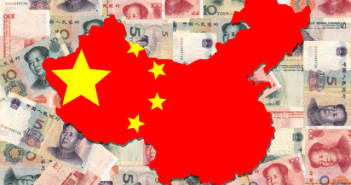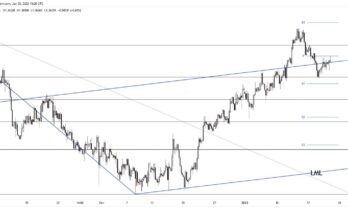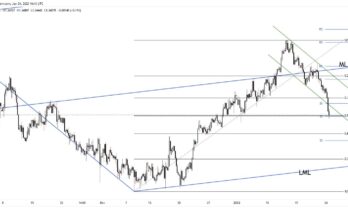Napoleon Bonaparte once said “Let China sleep, for when she wakes, she will shake the worldâ€. The global financial markets are certainly trembling this morning, with emerging market and commodity-linked currencies soaring in value after Chinese policymakers brought their stimulus programme out of the shadows on Friday.
Raw materials prices and global bourses surged on the news that the world’s second most powerful central bank was joining Japan and the euro area in easing monetary policy, helping to offset the decline in liquidity conditions expected as the Federal Reserve winds asset purchases down.
The People’s Bank of China cut benchmark lending rates for the first time in two years, surprising observers who had expected the central bank to continue injecting liquidity behind the scenes while remaining officially neutral. While there is some debate around the degree to which this will impact smaller businesses, onshore banks cut their rates over the weekend in response, providing relief to state-owned enterprises and local governments that have been struggling to meet repayment requirements. This is expected to help infrastructure investment projects stay on track, supporting growth in an economy that is clearly decelerating faster than government statistics would suggest.
There is a cloud around the silver lining, however. As the monetary mandarins loosen policy, they risk driving the country back into the deceptively warm embrace of the investment-led growth model that has so imbalanced the global economy, and China itself over the last decade. We hope that
Euros are exchanging hands at a slightly firmer level after the German Ifo Business Climate Index beat expectations, rising to 104.7 in November. This broke a six-month string of declines, and underlines the positive effects that a lower exchange rate and dropping oil prices are having on Europe’s largest economy.
The European Commission, executive body of the European Union, is due to meet on Wednesday, and the battle lines are already drawn. The bloc’s most powerful countries are facing off over state budgets, with Germany calling for structural reforms and a cut in budget deficits, while France and Italy continue to argue for an expansion in government spending. At the same meeting, President Jean Claude Juncker is expected to announce a 300-billion euro investment programme targeted at large infrastructure projects – but most analysts remain deeply skeptical of its potential impact. The proposed framework is designed to encompass existing earmarks while harnessing private capital for additional public outlays, meaning that its net significance pales next to the scale of the problem.
Any sign of a softening in Germany’s position could be taken as a turning point for the euro, particularly ahead of next week’s central bank meeting – but in reading the dueling op-eds published by German and Italian officials in the Financial Times over the weekend, that prospect seems incredibly unlikely.
On Thursday, the Organization of Petroleum Exporting Countries will meet in Vienna to discuss oil production. After suffering a 27 percent drop in prices this year, many members are expected to plead with Saudi Arabia for a reduction in output – but there is considerable debate around the issue. Many observers believe that the central bank of oil is deliberately undercutting the market in a bid to force higher-cost unconventional producers onto the sidelines. Others are convinced that the price has fallen below Saudi comfort levels, meaning that a modest reduction is becoming a real possibility.
This dilemma comes after US imports from OPEC hit a 30 year low in August, highlighting the profound impact that hydraulic fracturing technologies have had on global supply and demand dynamics. Purchases from the cartel now amount to roughly 40% of the country’s imports (down from almost 90% in the early eighties), and lower prices are doing little to slow domestic production growth thus far.
Combined with the fact that Saudi Arabia is quite likely the only major member with the budget room needed to reduce output, any announced cut is unlikely to fundamentally change the outlook for crude oil. Countries like Russia have little choice but to keep the product flowing. Thus, while a short-lived move toward $90 isn’t outside the realm of possibility, a sustained return to elevated prices  is increasingly difficult to support.
As such, Canadian dollar hedgers might want to consider positioning ahead of a short-lived rally, but should remain protected in the event that weakness returns. Volatility is the only certainty.
Further reading:
Canadian dollar
EUR/USD: Trading the US Preliminary GDP



